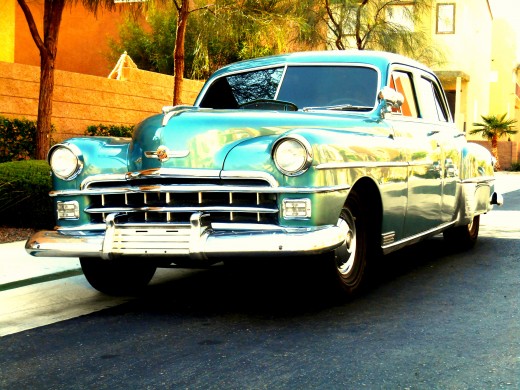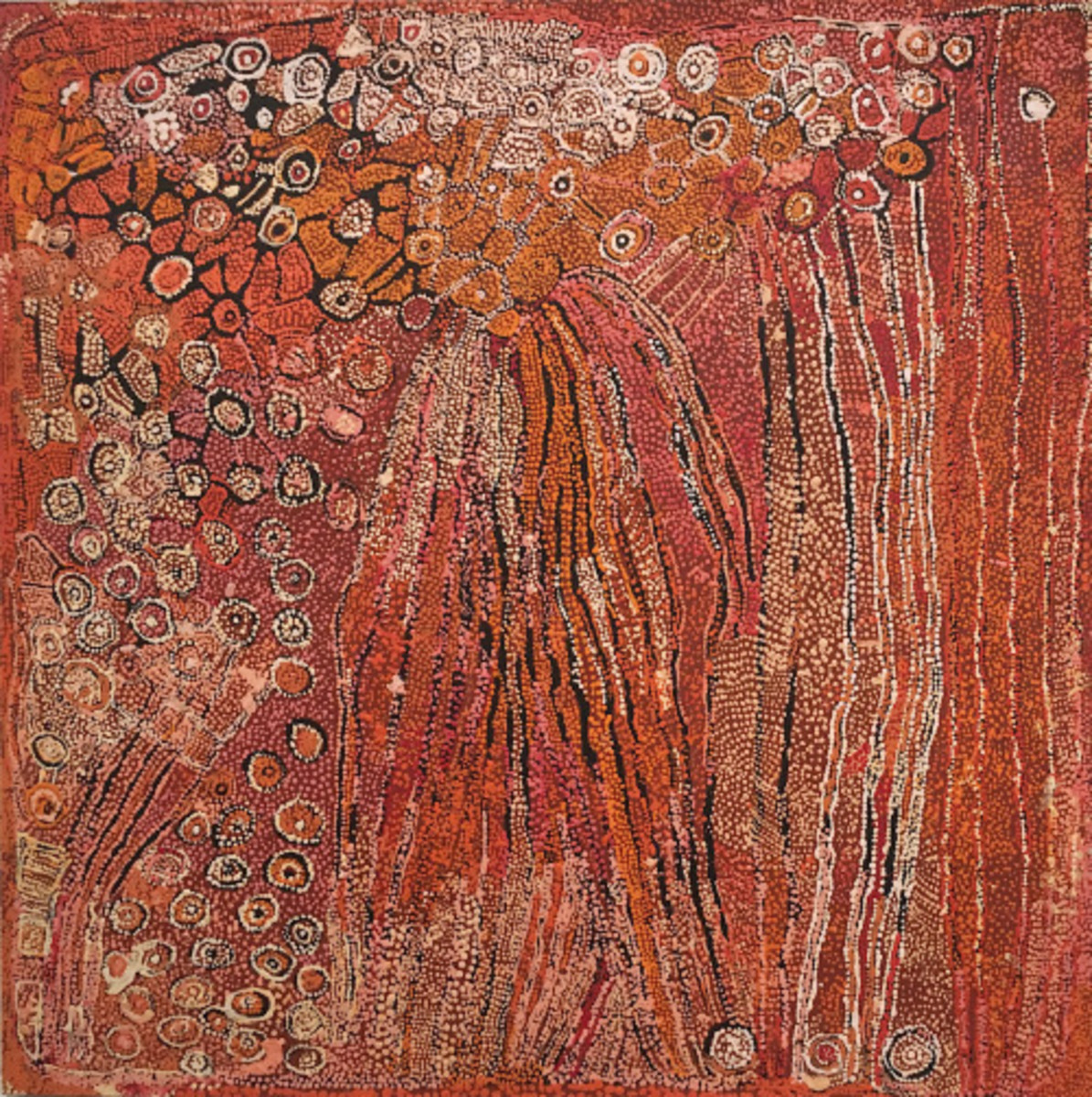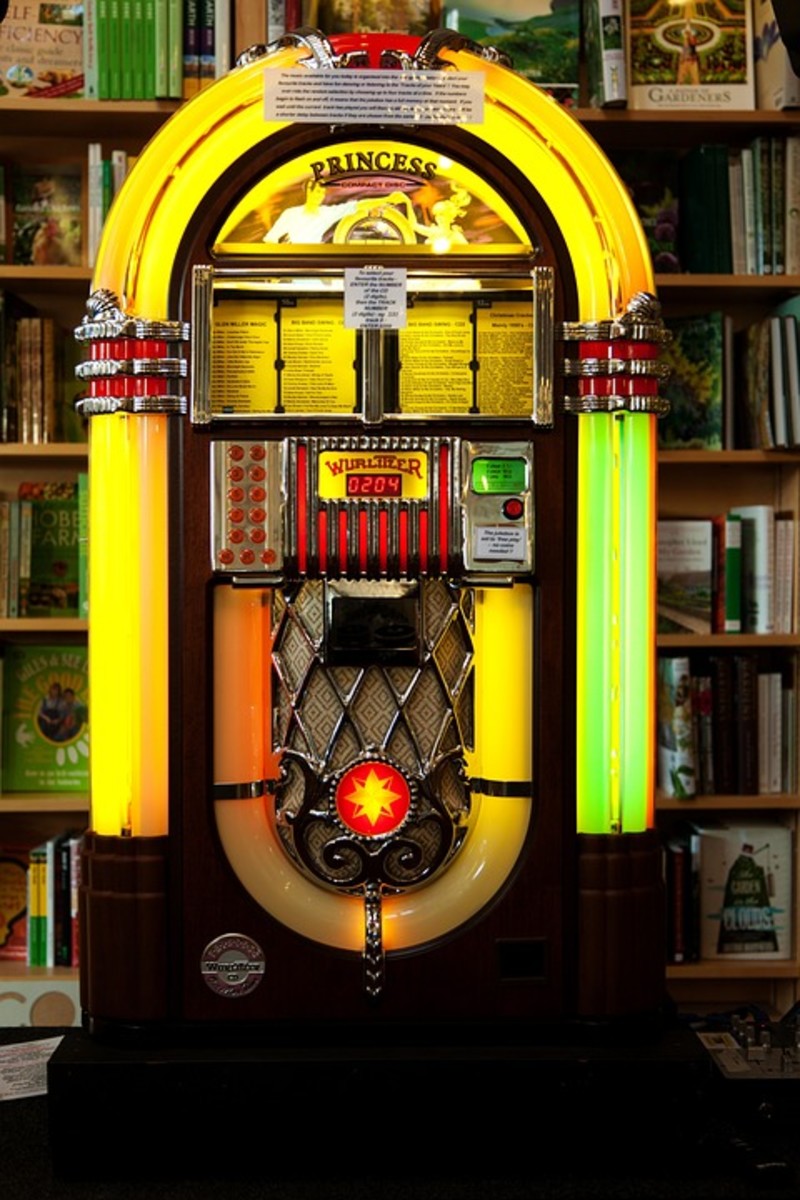Contemporary Art - The Best Investment

Select Contemporary Art has been yielding the Highest Returns of any Investment category for decades
NYU economist Nouriel Roubini has recently mentioned that contemporary art would be his preferred investment over stocks, real estate and everything else. In fact, carefully selected contemporary art has produced phenomenal returns on investments for many decades. Select artworks that are only 20-30 years old have gone through the roof in their value at the contemporary art auctions.
Myself, with an investment background since the late 70's, I've found only a few stocks that have skyrocketed into stratospheric heights. From October 1990 through 1998, Dell Computer was one of the very few stocks which had soared by nearly 100,000% in its value within an eight-year period, ... this means each $1,000 invested became a million bucks. Such a scenario is very rare in stocks and can be found more frequently in the beautiful world of contemporary art.
The $7,000 Picasso which sold for $155 million
In 1932, Pablo Picasso created the now famous "Le Reve" (English: "The Dream") oil painting (size: approx. 38" x 51" inches). As art is very subjective and tastes vary, different viewers of the artwork will come away with various opinions. Some may like what they see and others may think an artwork is a piece of garbage.
Picasso's "Le Reve" has somewhat of a perverted subject matter, the artistic value is not really exceptional and many facets of this painting are a bit weird. Granted, it's just one opinion. Anyway, in 1941, Victor and Sally Ganz bought the painting for $7,000 which was a lot of money for them back then as the Ganz family was paying $300 a month in rent.
Then decades later, around 1997, it appears that the Austrian financier Wolfgang Flöttl bought the painting at a Christie's art auction for just over $48 million. Then in 2001, Las Vegas casino boss Steve Wynn bought the piece for an estimated $60 million. In a minor incident as Steve Wynn turned around too close to the artwork he poked a small hole with his elbow into the Picasso. The expenses to repair the minor damage amounted to approx. $90,000.
Then in 2013, the well-known hedge fund manager Steven Cohen of SAC Capital bought the painting from Wynn for $155 million. There are lots of details about this painting during its 72-year journey from the initial $7,000 bargain price to the most recent exchange to its new owner in the $155 million deal. For a very long time there has been a very tight connection between Wall Street and art.

How to find the next potential mega investment in Contemporary Art?
To find the next "Picasso", "Warhol", "Richter", "Bacon", etc. in contemporary art takes a lot research, skill, advice, some risk taking and then down the road some auction results regarding an artist's work. Is this endeavor like finding a needle in a haystack? To some degree perhaps, but there are various signs and criteria of the future superstars in contemporary art. A top quality art consultant may have a good feel for it, but then an artwork is to be bought for its beauty and not necessarily with an investment objective in mind.
The basic criteria for future top artists is their visibility and the "noise" they create over the years. An artist in hiding is not likely to be discovered. Often, the simple approach or a unique approach to art which is addressing something in our emotions may have more potential to increase in value than some elaborate weird "art" installations or an offensive painting which are just seeking to shock us or to make some sort of statement.
Andy Warhol wasn't a secret and anyone could have bought his works for comparatively very little money, perhaps for just a few thousand dollars in the 60's and early 70's. The living German artist Gerhard Richter hasn't been an artist in hiding either. Richter artworks have been selling in the tens of millions at the big contemporary art auctions from Sotheby's and Christie's for quite some time now. In February 2014, Gerhard Richter's oil painting "Wand" ("Wall") which was created in 1994 and measures 94" x 94" inches, sold at Sotheby's for over $28 million (GBP 17.4 million).
How a 20-year old oil-on-canvas painting reaches such stratospheric prices is a mystery not only to many observers but according to Richter also to himself. You have to take a look at this painting and you will scratch your heard when thinking of the $28 million price tag for this artwork. It's just the magic of transforming some paint and often a relatively small investment into a perceived value of tens of millions of dollars.
And there have been lots of artists who make a lot of "noise" here and there and then suddenly one of their artworks sold at some art auction for millions. Or make note of a photograph by the German visual artist Andreas Gursky called "Rhein II" which sold at auction for $4.3 million in 2011. Granted, it's a really huge photograph measuring 73" x 143" inches and it was mounted on acrylic glass. The photo was shot by Gursky in 1999 and digitally edited removing some parts of the original image. Go and take a look at this rather expensive photograph and it will inspire you to take your camera with you next time you'll take stroll along a river or a lake.


Criteria for Artists and their Artworks to become Multi-Million Dollar Winners
Above we already mentioned "noise" is one key criteria which may support the "value" of an artist. An artist with a strong internet presence, lots of PR, maybe some exhibits of his/her artworks, and perhaps some important gallery or museum presence will contribute to the name recognition of an artist. In today's world though an artist really has to stand out from other artists and he/she has to become like a brand to be recognized. Quality is often not a criteria as art in general is very subjective. What one person finds most beautiful and touching another observer may consider worthless junk.
I think uniqueness is also a key criteria. It's not necessary to be weird, although most artists are eccentrics, but just an identifiable mark or style of an artist will go a long way. A Jackson Pollock, Van Gogh, Salvador Dali, Andy Warhol, Roy Lichtenstein, Norman Rockwell and a Picasso are easily distinguished from other artists. The country of Austria produced artists such as Gustav Klimt, Egon Schiele and Friedensreich Hundertwasser, ... all of them produced their own unique artworks.
In contemporary photography, to some degree the art photographs by Peter Lik are easily distinguishable from other photographers. It may take some research and a trained eye to identify an artist in the first few seconds when you see an artwork, but the uniqueness is one key criteria. In my own artworks, especially in a particular series like e.g. my "Planets & The Universe" series/collection or my "Clouds & Heavens" series as well as other thematic collections, this uniqueness has been carefully implemented. The objective is to produce iconic art photography.
Another important factor is quantity of artworks available and there we desire a good but not too large body of work. It shouldn't be too small either though. It's fine for an artist to create hundreds of artworks, but when an artist is creating thousands of artworks the scarcity factor is simply gone. A perfect example of not how to do things are many contemporary art photographers as well as painters who create Limited Editions of hundreds and even up to almost a thousand per image, which is ridiculous.
In the 70's some artists created lithographs in the thousands per image, simply changing basic color schemes at times. I've seen "Limited Editions" of 10,000 which is no longer a genuine Limited Edition. Scarcity is very important! And with original artworks there's usually only one painting, etc., even though some artists may duplicate a quick-selling painting several times over.
Yours truly is sticking to the simple rule of scarcity by producing art photographs with only one original in the world as the sole masterpiece. The above mentioned Gursky photograph "Rhein II" was No. 2 in a series of six, ... and that's often still accepted as it's one artwork in a very small series. Anything other than that is simply too much commercialization and reduces the value of an artwork, especially when it comes to "Limited Editions."
It is always bewildering why people would spend many thousands of dollars or even $20,000 and more for an artwork from a "Limited Edition" of 500 or even 950 or so. This makes no sense at all as such an artwork is merely a decorative item and as we know decorative items usually lose value and rarely ever increase in value.
These are some of the key criteria for artists and their artworks to potentially evolve into multi-million dollar winners. It's important that the art buyer is buying art that he/she really like as often they'll see that particular artwork on a daily basis. Art should be inspiring as it should be a piece of beauty and beauty is in the eye of the beholder. Then when paying attention to a few basic criteria the art buyer may purchase a true piece of art that has the potential to increase in value over time, instead of a "worthless" decorative item.

What type of Art should I buy?
Most people will buy some sort of picture, either an original painting or a Limited Edition art photograph. And sometimes perhaps an original drawing or an original aquarelle. When art photographs come in Limited Editions it is a good idea to get your hands on an Artist Proof. An Artist Proof may cost 15-25% more than one piece from the regular Limited Edition, but it's well worth it to spend the extra money. A few Artist Proofs of very small Limited Editions are very rare and are often not available to the general public, and that gives the Artist Proof the scarcity factor which is a key component in potential future value increases.
But an original artwork will is preferred over Artist Proofs and Limited Editions. On original paintings, structure is desired, meaning brush strokes or perhaps wax enhancements, etc. You don't want a flat oil painting, ... that's simply boring. For flat originals, perhaps a drawing or an aquarelle may be an acceptable alternative, even though the future value appreciation potential may not be as great with a drawing or an aquarelle than with an oil-on-canvas painting.
In our day and age, a great alternative are small Limited Editions, especially in the category of art photographs. As a medium for an art photograph it should be preferably on Acrylic glass or on lustrous Aluminum which is the newest trend in contemporary art photography. Again, as mentioned previously, the original is always preferred or otherwise shoot for the Artist Proof if available, even though a piece from a small Limited Edition might be fine.
To start as an art collector it makes no sense to overpay. Spending a few thousand on a high-quality Limited Edition art photograph on Acrylic glass or lustrous Aluminum is acceptable, but make sure the Limited Edition is numbered, dated and signed by the Artist and comes with a Certificate of Authenticity. This is very important!
Unless you have a real specific decorative purpose for the artwork, then save your money when it comes to framing. In general a frame is a waste of money. Let the artwork present itself, and granted it's a matter of preference. Statistically about half of all art buyers choose a framing option with the purchase of an artwork while the other half just prefer the artwork by itself. Most Acrylic glass and lustrous Aluminum artworks come already with a so-called float mount attached to the back of the artwork and are ready to hang. With a float mount it appears as if the artwork is floating across the wall and it looks really cool.
Quality original paintings like oil-on-canvas artworks from emerging artists with little or no name recognition may cost as little as $5,000 and up to $25,000 depending on size, etc. It's a lot of money and it's a gamble unless the artist has all of the specific criteria to become potentially a multi-million dollar artist over time and who has a substantial body of work.
Recently, I read about a young emerging artist who only created a very few artworks, ... maybe ten artworks total ..., and he won three national awards in his country. And now his artworks are selling for an enormous amount of money. We would be extremely cautious in such a scenario, because there's no substantial body of work to identify the artist and it all might be just a lot of hype. So depending on the budget it makes sense to spend up to maybe $5,000 for an artwork, either an original artwork or a piece from a very small Limited Edition (preferably the Artist Proof).
In the video above, art consultant Candace Worth is explaining how e.g. a piece from a Limited Edition of 20 or so increased in value from the initial price of approx. $2,000 - $2,500 to over $50,000 within a decade. If you like a particular artwork this is a prime example of the kind of artwork that you want to buy. That original piece or a piece from a small Limited Edition may increase perhaps to several hundred thousand dollars over the next 10-15 years.
This is why select investments into contemporary art can be extremely profitable and produce the highest returns on investment of any other investment. It would be very hard to find such returns within the same time period in real estate, stocks or anything else for that matter.

Final Thoughts
Contemporary Art is subjective as we mentioned. Whatever one person considers a treasure and an exceptional piece of art, someone else may consider a piece of garbage. Therefore, rule number one is to purchase only artwork that you really like. Then consider the criteria as mentioned above to enhance the potential future value of the artwork right from the start. Don't overpay for worthless decorative items, but adhere to a discipline when buying artworks. On original artworks make an attempt to stay with contemporary art photographs on lustrous aluminum or acrylic glass as well as with oil-on-canvas paintings which are not flat but which have structure like brush strokes, etc.
On Limited Edition artworks prefer very small Limited Editions of perhaps up to 10 or so and if possible purchase an Artist Proof instead of a piece from the regular Limited Edition (Note: there might be only 1 or 2 Artist Proofs in a very small Limited Edition). On Limited Editions, especially on art photographs, it's best to go with a piece on Acrylic glass or on the new lustrous Aluminum which may enhance the value of the artwork from the get-go. If possible avoid Limited Editions on paper, because that's clearly a medium of the past.
With good research, some quality advice from an art consultant, with diligence and discipline you too can be well on your way in turning a comparatively small investment in select contemporary art into perhaps millions of dollars over time making it the best investment of your life.

© 2014 Dietmar Scherf







